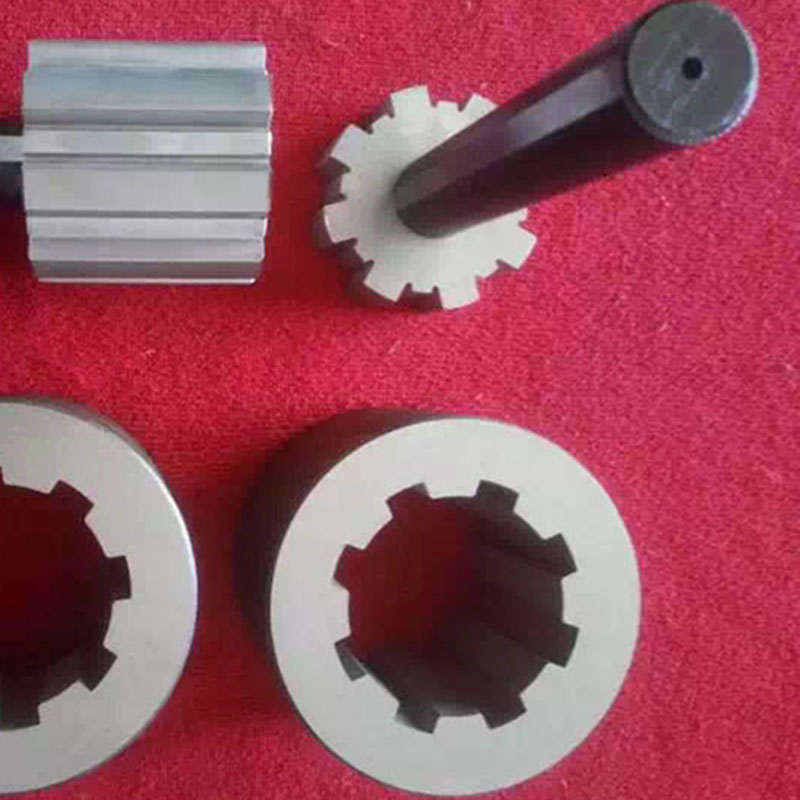நவ் . 20, 2024 02:11 Back to list
globe valve
Understanding Globe Valves A Comprehensive Overview
Globe valves are essential components in various piping systems, primarily used for flow regulation. They are characterized by their spherical body shape, which allows for effective control over fluid flow. The internal structure of a globe valve features a movable disk or plug that can be adjusted relative to a stationary seat, enabling precise modulation of the flow rate.
One of the key advantages of globe valves is their ability to provide fine-tuned control over flow. This makes them ideal for applications in industries such as oil and gas, water treatment, and power generation. Their design allows for a significant change in pressure and temperature without compromising performance, which is crucial in environments with varying conditions.
The flow pattern through a globe valve is more complex than in other valve types, like gate or ball valves. The fluid must navigate a change in direction, leading to a higher pressure drop across the valve. This can result in energy loss; however, the trade-off is the superior control the globe valve offers, making it a preferred choice for throttling applications.
globe valve

Manufacturers produce globe valves using various materials, including cast iron, stainless steel, and bronze, catering to the specific needs of different environments. For instance, stainless steel globe valves are commonly used in corrosive environments due to their resistance to oxidation, while cast iron valves are often employed in water distribution systems.
Installation and maintenance of globe valves are relatively straightforward. However, attention must be paid to their orientation; they are typically installed with the valve seat horizontal to minimize the impact of gravity on the flow control mechanism. Regular maintenance ensures optimal operation, as debris accumulation can inhibit the smooth movement of the disk.
While globe valves excel in flow regulation, they may not be the best choice for applications requiring quick shut-off capabilities. In such situations, other valve types, like ball valves, may be preferred. Nonetheless, the versatility and precision of globe valves make them indispensable in many industrial settings.
In conclusion, globe valves play a critical role in managing fluid flow within various systems. Their ability to regulate flow accurately, combined with a range of construction materials tailored to specific applications, highlights their importance in the engineering and industrial landscapes. Whether in a simple plumbing system or a complex chemical process, understanding the function and application of globe valves is essential for optimizing system performance.
-
Thread Micrometer Set FeaturesNewsJul.04,2025
-
Right Angle Ruler Tool for WoodworkingNewsJul.04,2025
-
Precision Frame Level Calibration StepsNewsJul.04,2025
-
Magnetic Vee Block MaterialsNewsJul.04,2025
-
Heavy Duty Ground Anchors in MiningNewsJul.04,2025
-
Features of Welding Table Cast IronNewsJul.04,2025
Related PRODUCTS









